Rubies are one of the most highly valued gemstones in the world. They are characterized by their deep red hue, which is caused by traces of chromium within the crystal structure.
Natural rubies have been and are still are treasured for their beauty, rarity, and symbolism.
They are often given as gifts to mark special occasions such as weddings, anniversaries, and birthdays, and they have been the favorite of royalty for thousands of years. Ruby is the only designated birthstone for the month of July.
Natural Ruby
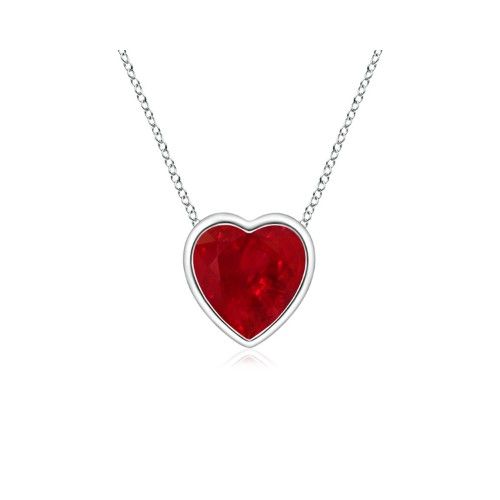
Natural rubies are typically found in countries such as Myanmar (Burma), Viet Nam, Sri Lanka (Ceylon) and Madagascar; often mined from alluvial (river bed) deposits. This process can be dangerous and labor-intensive, which contributes to the rarity and cost of natural rubies.
Synthetic rubies, on the other hand, can be produced in a range of sizes and quantities, making them much more widely available. Large natural stones (larger than 5 carats) are almost non-existent.
Today, there is simply not enough high-quality rubies to meet the demand. And those that are found can be prohibitively expensive. So, what is the answer, and how is the demand for fine ruby met? Enhancing, or improving the color and clarity helps medium to good quality is common practice and is one way to increase supply.
Ruby Enhancements
As a gemologist, I can tell you that enhancing rubies is a common practice in the industry, performed to improve their appearance and increase rubies' value. There are several methods of enhancement that can be used, including heating, diffusion, and filling stones.
Heating is a common method that involves subjecting the ruby to high temperatures to improve its color and clarity. This process can remove or reduce inclusions, improve the transparency of the stone, and enhance its color by altering the distribution of chromium within the crystal structure and driving out iron that gives the stones a brown color component.
Heat-treated rubies are often valued higher than untreated stones because their color is more vibrant and their clarity is improved.
Conversely, certain fine rubies that come out of the earth so beautiful that heat treatment could not improve their quality are even more valuable. There must be a gem lab report confirming that the ruby is not heat treated to justify the premium price.
It is important, however, to note that not all rubies can be heat-treated and that excessive heating can damage or even fracture the stone. Heating any gemstone results in a brittle stone, but the trade-off is improved color and transparency.
Surface Diffusion is another method used to enhance rubies. It involves introducing certain elements, such as beryllium or chromium, onto the surface of a natural stone and then subjecting it to high temperatures that melts color on and just below the surface.
The added elements can change the color of the ruby, creating a range of hues from red to pink to orange to yellow.
Diffused rubies are less valuable than natural or heat-treated stones because their color is not genuine, and they may also have visible growth lines or other inclusions caused by the diffusion process. This is basically taking poor-quality ruby and trying to reproduce the deep red shade of high-quality gem material.
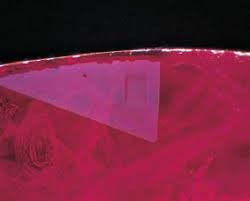
Diffusion Treated Ruby: Image Courtesy of the GIA
Filling is another method used to enhance rubies. The process involves filling fractures or cavities within the stone with foreign material, such as lead glass or epoxy resin that is used to fill significant cracks that hide them. These can improve the ruby's transparency, color, and overall appearance. However, filled rubies are generally considered less valuable than untreated or heat-treated stones, and may not be as durable over time.
What Are Synthetic Rubies?
If you have kept up with the jewelry industry in the last few years you know there has been an enormous focus and growth in popularity on lab-created diamonds. Although lab-grown diamonds are created using a different method (chemical vapor deposition) all synthetic, colored gemstones are lab-grown stones.
Synthetic rubies (lab-grown rubies) were first developed in the late 19th century as a cheaper alternative to natural rubies. They were sold under the name of Geneva rubies and were represented as natural, not artificial rubies, which is prohibited today. all lab-created, synthetic stones must be disclosed to consumers!
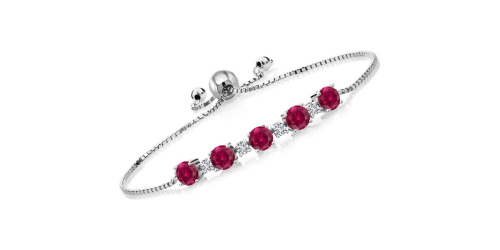
Today, synthetic rubies are used not only in jewelry but also in various industrial applications, such as in lasers, watch movements, and scientific instruments. Synthetic rubies can be created using three main processes:
Synthetic Ruby Synthesis
Flame Fusion
The flame fusion process (a.k.a. Verneuil process) involves melting powdered ingredients and allowing them to crystallize over seed crystals forming long cylindrical tube-like cylinders called "boules". Then they can be cut and polished into faceted gemstones. Because high-quality rubies were and are not abundant minerals, this was an important gemological advancement.
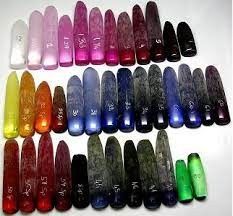
All Colors of Flame Fusion Corundum (a.k.a. synthetic sapphire (including red-Ruby)
Flux Process
The flux method involves dissolving alumina in a molten mixture and then gradually cooling it to promote crystal growth. Flux-grown rubies are more expensive than rubies created using the flame-fusion process.
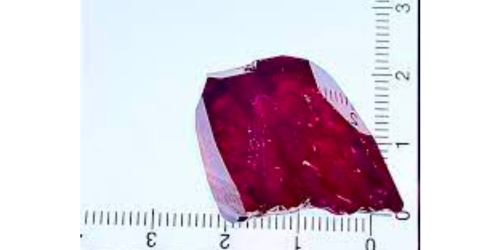
Hydrothermal Growth
Synthetic hydrothermal Ruby was first introduced to the market in the 1960s. This process requires high heat and pressure and is slow, just as the conditions deep down in the earth that create natural ruby.
The growth chamber contains corundum seed plates that are suspended and nutrients are added to the bottom. The nutrients gradually dissolve and form a solution that results in the growth of new synthetic corundum onto the seed crystal. The size of the synthetic crystal is determined by the size of the seed, the amount of nutrient solution used, and the length of time it is grown for.
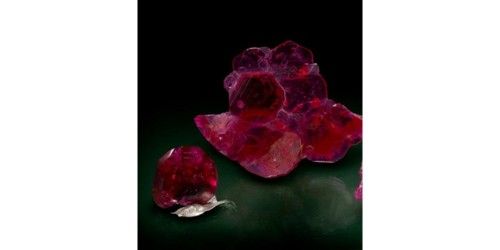
The resulting stones no matter which method is used to create them, have the same chemical composition and optical properties and will also measure 9/10 on the Mohs scale of mineral hardness.
While natural ruby and synthetic ruby may look similar at first glance, there are several key differences between them. Visually, natural ruby has more variation in color and clarity, especially if unheated. While synthetic rubies may appear more uniform in color and have significantly fewer internal characteristics.
Internally, natural rubies contain unique inclusions and characteristics that can be identified by trained gemologists. Natural crystals and/or silk needles trapped within the ruby crystal as it forms are distinctive observations.
Identifying Rubies
When identifying rubies, it is important to use a gemological microscope to examine the stone for inclusions, such as bubbles, growth lines, or other imperfections that may indicate whether the stone has been created in a lab or has been enhanced, or is indeed natural.
Natural rubies typically have unique inclusions that can help distinguish them from synthetic stones as well as those that have been treated in some way.
For example, natural rubies may have fingerprints, crystal inclusions, silk inclusions, or hexagonal patterns visible under magnification.
Evidence of heat-treated stones such as partially melted inclusions is a giveaway that indicates a natural gemstone.
While enhancing rubies can improve their quality and value, it is important to be aware of the methods used and how they can affect the visual appearance or durability of the stones.
Whether heat-treated, diffused, or filled, it is essential to consult with a trained gemologist that uses a gemological microscope to identify and evaluate the authenticity and quality of a ruby.
Natural gemstones are routinely oiled with colorless oils which smooths out tiny surface cracks. This is an industry-accepted treatment, however, red-colored oils used on rubies are NOT acceptable as they serve to deceive when it comes to assessing the color of the gemstone.
Our most important advice to you if you are considering a purchase of a high-priced natural ruby, is to ensure you receive a detailed appraisal from a qualified gemologist or gem lab report that features the details of the stone you are purchasing, e.g., natural or lab-created, enhanced or no evidence of enhancements, along with the basic description, measurements, etc. and results of standard gemological tests.
By doing so, you can ensure that you are getting a genuine and high-quality gemstone that will be treasured for years to come.
Price
Pricing is another significant factor that sets natural and synthetic stones apart. Natural gems are rarer and more valuable, with high-quality stones commanding premium prices due to their rarity, click the link below to see the price of this gorgeous ruby.
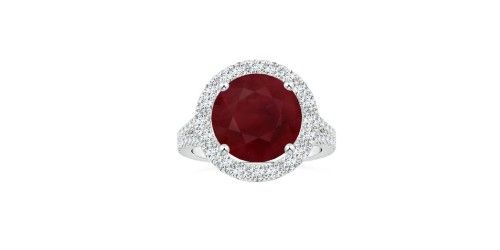
Synthetic rubies, on the other hand, are widely available and relatively inexpensive, making them popular for fashion jewelry and industrial applications. Flux-created stones are more expensive than flame fusion stones and are also known as "luxury synthetics" and are used in higher-end fine jewelry.
Care
Whether caring for natural or synthetic rubies, it is important to avoid exposure to excessive heat, chemicals, and extreme light.
The care of all precious gemstones is virtually the same: they should be cleaned regularly with a soft cloth and mild detergent, and stored in a dry uncluttered place in a soft pouch.
It is also recommended to have gemstones professionally inspected and cleaned every few years to maintain their beauty.
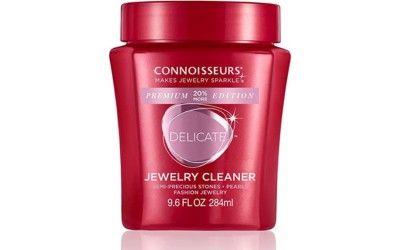
FAQs
What is synthetic ruby, and how does it differ from natural ruby?
A synthetic ruby is a lab-created gemstone that has the same chemical composition and crystal structure as a natural ruby. You are probably familiar with the many lab-created stones out there, such as synthetic emerald, synthetic sapphire, synthetic alexandrite, and synthetic spinel.
The main difference between them is their origin. Natural rubies are formed deep within the earth, whereas synthetic rubies, like all synthetic gemstones are grown in a laboratory.
How are Verneuil synthetic rubies made?
There are several methods used to create synthetic rubies, but the most common one is the Verneuil process.
In this method, powdered aluminum oxide (also known as alumina) is melted in a furnace at over 2000 degrees Celsius. A small seed crystal of natural ruby is then introduced into the melt, which causes the alumina to crystallize around the seed. The crystal is slowly pulled out of the melt, allowing the ruby to grow.
Are synthetic rubies cheaper than natural ones?
Yes, synthetic rubies are generally far less expensive than natural stones. This is because the cost of finding, mining and processing natural rubies is much higher than the cost of creating synthetic ones in laboratories.
How can I tell if a ruby is synthetic or natural?
One way to identify a synthetic ruby is to look for telltale signs of its production in a lab. For example, synthetic rubies often have curved growth lines on their surface, which are a result of the Verneuil process used to create them.
Another way to tell is to examine the stone under a microscope. Synthetic rubies often have bubbles or other inclusions that are not present in natural stones.
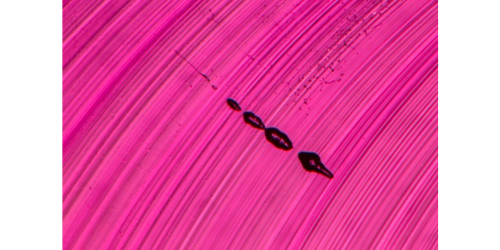
Are synthetic rubies of lesser quality than natural ones?
Not necessarily. Synthetic rubies have the same chemical composition and physical properties as natural ones, so their quality can be just as high. However, some people prefer their natural counterparts because of their rarity and unique characteristics which make them far more valuable.
Can synthetic rubies be used in jewelry?
Absolutely. Synthetic rubies are often used in jewelry because they have the same beauty and durability as mined rubies and are very convincing substitutes, but at a lower cost.
Are there different types of synthetic rubies?
Yes, there are several types of synthetic rubies, each created using a different method. Some of the most common methods include the Czochralski process (single crystal pulling method) the flux method, the hydrothermal method and the flame fusion method.
Where can I buy synthetic rubies?
Synthetic rubies can be purchased from many different sources, including online retailers, jewelry stores, and gemstone wholesalers. Some reputable manufacturers include Chatham, Kyocera and Brilliant Earth to name just a few.
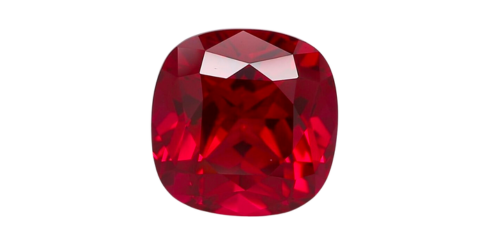
Can synthetic rubies be used as an alternative to natural rubies in engagement rings?
Yes, many people choose synthetic rubies as an alternative to natural ones in engagement rings because they are more affordable and still provide the same beauty and durability as well as no environmental concerns.
Are synthetic rubies ethical?
Yes, synthetic rubies are considered ethical because they are not mined from the earth, which causes environmental damage and in certain locations supports unethical labor practices.
Additionally, the process of creating synthetic rubies is closely regulated to ensure that it is safe for workers and the environment.
In Conclusion
So now that you are aware of the differences between natural and synthetic rubies all you must decide is which type you want. While naturally mined rubies and lab rubies may look similar, they have distinct differences in terms of their creation and value that will dictate which appeals most to you.
For those considering purchasing a ruby, it is important to understand these differences and to work with a reputable jeweler/ gemologist to make an informed choice if you are still not sure which you would like to purchase.
Whether natural or synthetic, rubies are a timeless and beautiful and cherished gemstone that can be enjoyed for generations to come.
Thank you for taking the time to visit and read our article. We would love to hear from you. So please sign up below and leave a comment or question.
Happy Shopping!
Francesca de Granville, G.G. (GIA) F.G.A.
Other articles you may enjoy:
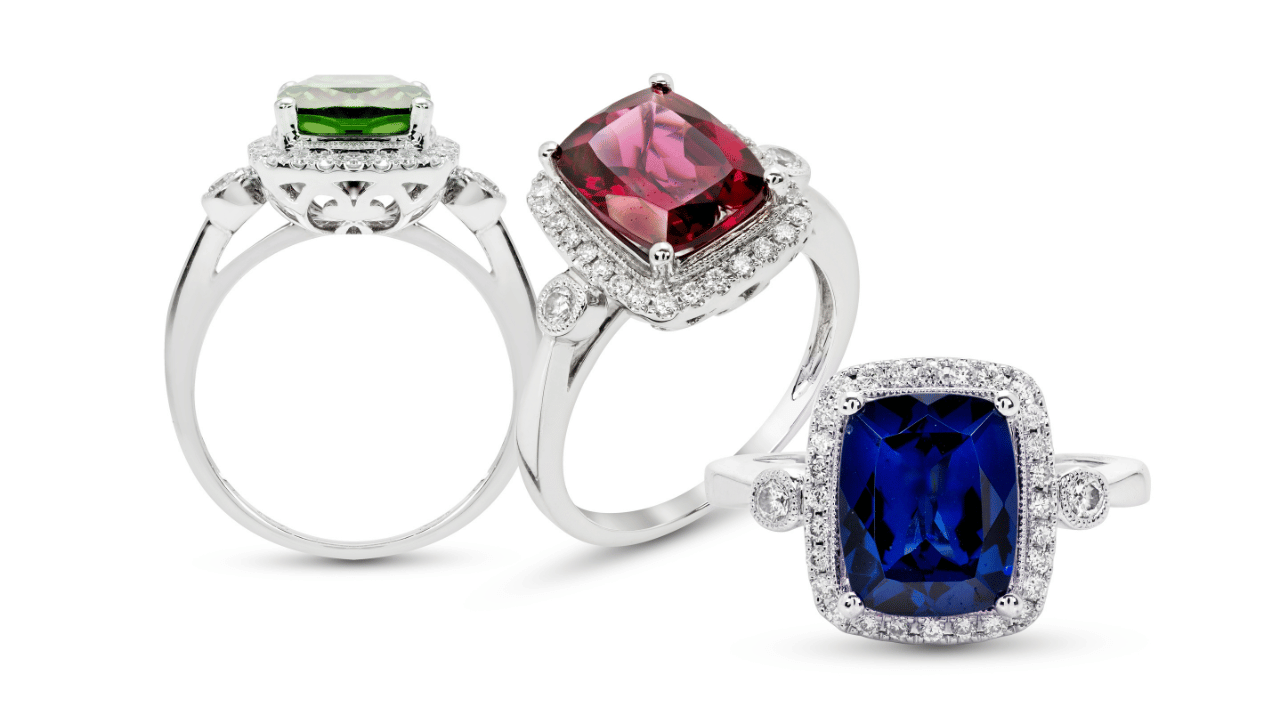

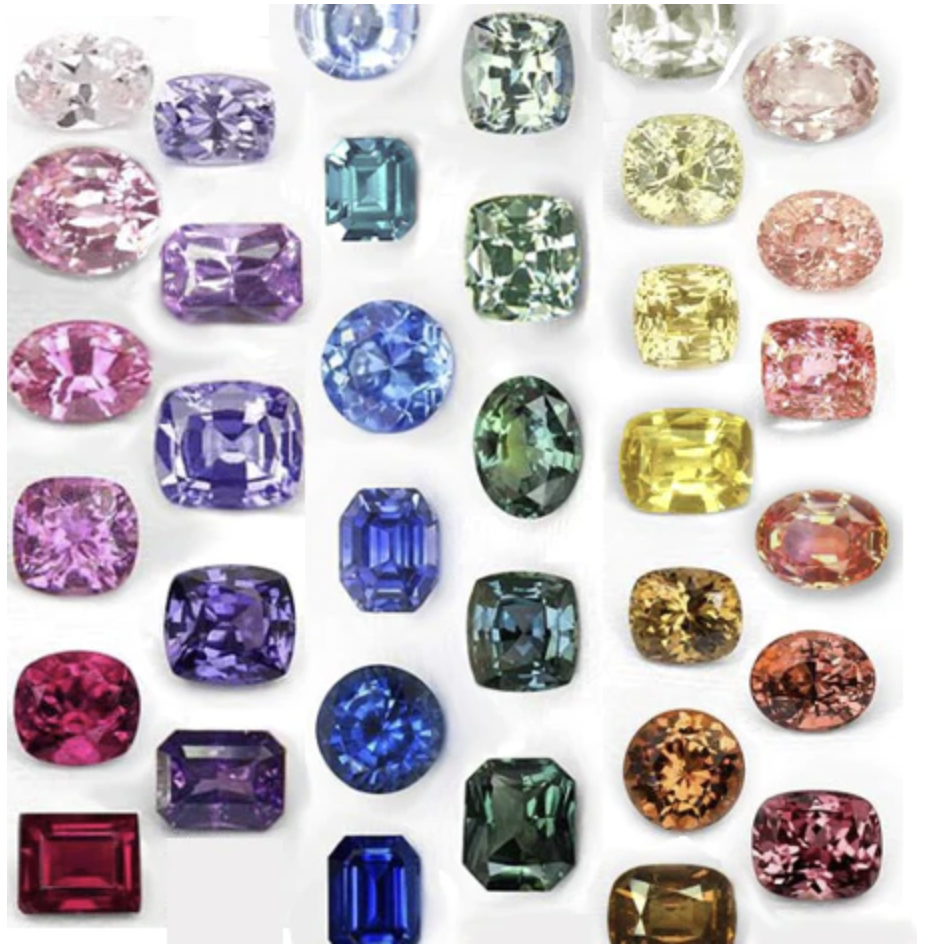
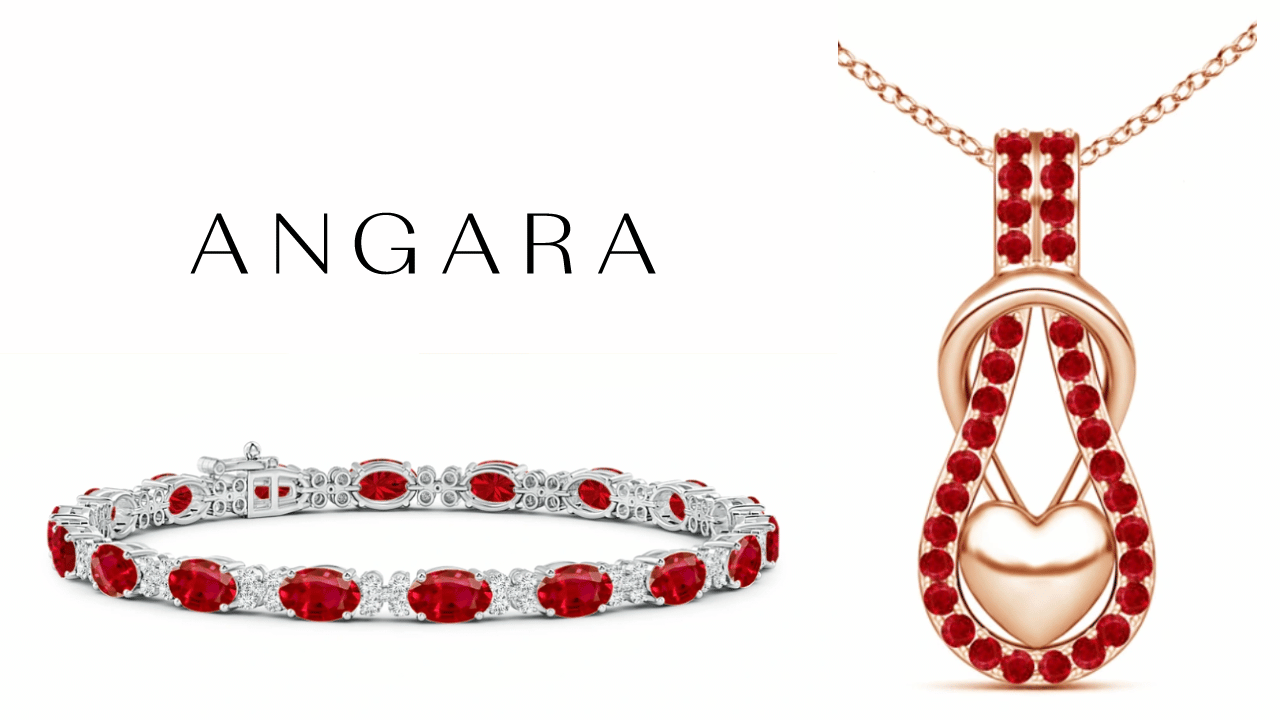
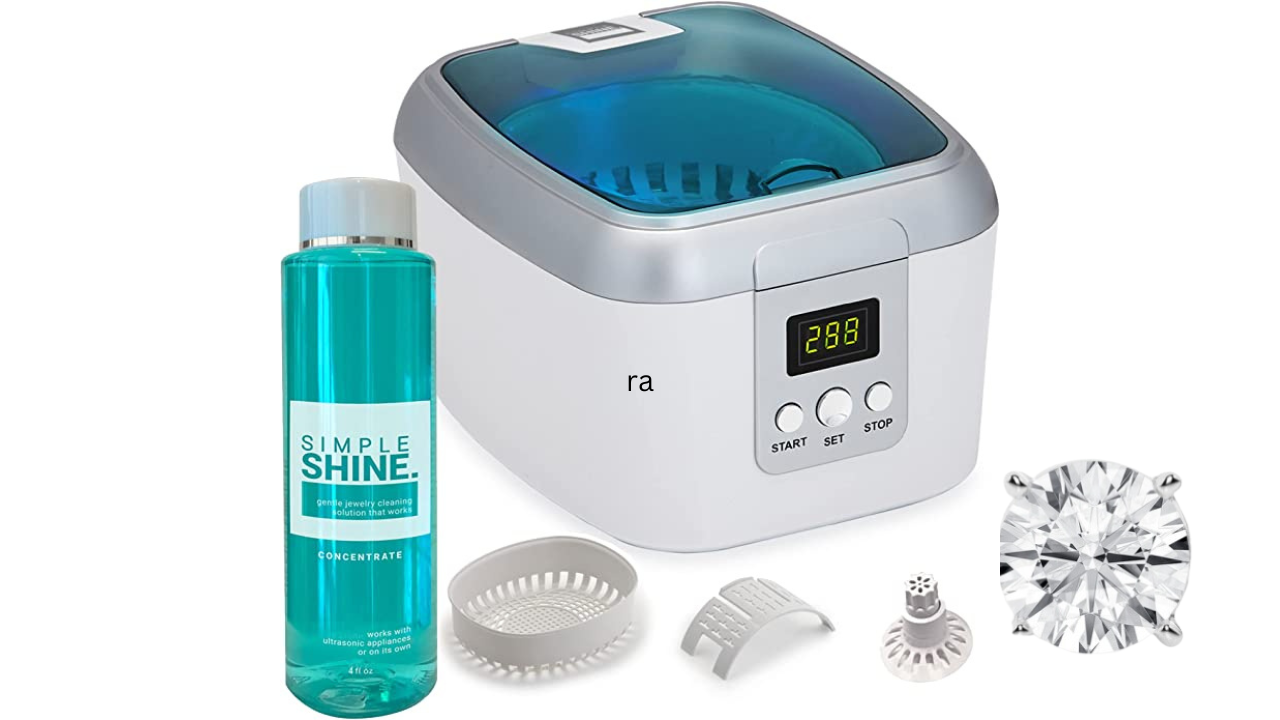



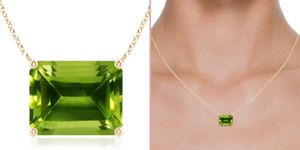
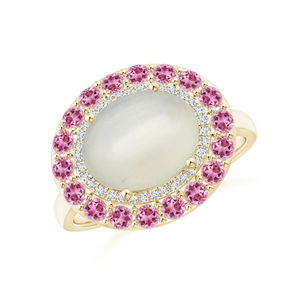
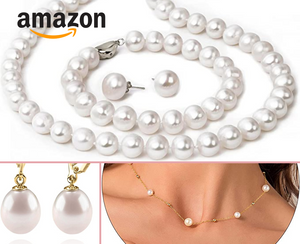


Member discussion